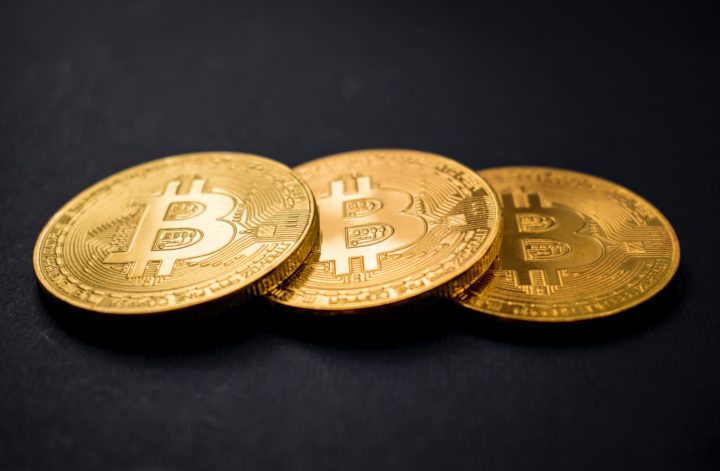Non-fungible token(NFT) has been the talk of the town since the turn of the new year, especially with the sale of Beeple’s US$69 million NFT art at Christie’s. NFTs was largely popularized by Rare Pepes, Crypto Punks & Cryptokitties on the Ethereum blockchain in 2017 but do you know that the history of NFTs can be traced back to 2012 on the Bitcoin blockchain(Colored Bitcoin). Where Yoni Assia discussed coloured coins as unique and identifiable and was part of the “Genesis bitcoin transaction”.
So what exactly is a Non-fungible token?
Fungibility is most commonly defined as “an item is replaceable by another identical item”. E.g. Fiat currencies, a 20 dollar bill has the same value as another 20 dollar bill where users do not differentiate them and counterparties do not possess any discrimination against one over another 20 dollar bill. Non-fungible is the exact opposite of this, where each item is unique on its own, and people place different value on each item. In the physical world, items that are non-fungible ranges from artwork, music, to personal items where they are largely non-fungible. Non-fungible token represents ownership of a digital asset that is unique on its own on the public blockchain. A more in-depth discussion about what NFTs are can be found in the NFT bible.
Do NFTs have value?
Lots of chatter have been going on about the value of NFTs, especially with the sale of Beeple’s artwork of US$ 69million, with sceptics arguing that artwork on the internet can simply be copied, thus no real value lies in the NFTs itself. NFTs touches on a profound topic of how one can establish authentic ownership over a digital asset that is scarce. Satoshi Nakamoto first introduced digital scarcity to the world through proof-of-work mechanism powering the Bitcoin blockchain, NFTs takes it a step further where seemingly small and miscellaneous items in the digital world can be uniquely labelled, and verified for authenticity and ownership. Much like how the real world value collectibles, limited edition items, art, or other seemingly trivial items but possesses a huge amount of value when authenticity and scarcity can be established. James Wang did a great piece explaining how NFTs are certificates to authenticity which is where the value resides in an artwork.
NFTs on Bitcoin
As we’ve established the value of NFTs, it would then be best practice to build NFTs on the most secure network in the industry that will withstand the test of time. Bitcoin network by far is the most secure network in the industry with its ever-increasing hash rate, however by design Bitcoin’s scripting language was never meant for such functionalities within its network, as security was the utmost priority when designing Bitcoin. The launch of Stacks 2.0 changes everything, bringing programmability and scalability to the Bitcoin network enabling decentralized apps and smart contracts to inherit Bitcoin’s security and capital pool. In addition, with clarity smart contract language, which is an interpreted and decidable programming language that is non-Turing complete, brings about clearer execution outcome and fundamentally a more secure set of codes, thus making NFTs on Bitcoin a much more compelling prospect. Currently on Stacks blockchain smart contract, Clarity has built-in language primitives to define and use non-fungible tokens. “define-non-fungible-token” function on clarity is used to define a new non-fungible token class for use in the clarity smart contract. Lastly, SIP-009 aims to provide a flexible and easy-to-implement standard that can be used by developers on the Stacks blockchain when creating their own NFTs.
We’re still at the nascent stages of blockchain technology, where infrastructure to better utilize blockchain technology are still being built out, likewise new use cases for NFTs have yet to be discovered. What we’re observing now are first-generation use cases that the market are porting over from the physical world, such as art, collectibles, limited editions proprietary ownership to the digital world. E.g. Marketplace for arts(Christie’s, Sotheby) <> NFTs marketplace (Opensea, Rarible), Real-world Collectibles (Pokemon cards, Magic the gathering) <> Digital Collectibles (Cryptokitties, CryptoPunk), NBA trading cards <> NBA Topshot. As more talent flow into the blockchain industry, innovative use cases and technologies will be created, where crypto-native use cases and business models will start to emerge and new NFTs use cases will be introduced.
Building NFTs on Bitcoin allows creators, collectors and businesses to take advantage of the growth of the industry as 1) Bitcoin is the most secure network, 2) Most established network effects in the industry ranging from individuals to institutions and governments, 3) largest pool of capital in the network, which are all key ingredients for taking a piece of technology mainstream.
 Allowing my imagination to wonder, some potential use cases of NFTs on Bitcoin could see art no longer be a 1 off purchase, instead recurring revenue models could take shape (e.g. purchase of a movie ticket vs Netflix subscription), timelock ownership, micro royalty payments through the ownership of collectibles. NFTs will venture into the B2B space, where design IPs can be protected and enforced via NFTs, thereby eliminating piracy and copyright issues.
Allowing my imagination to wonder, some potential use cases of NFTs on Bitcoin could see art no longer be a 1 off purchase, instead recurring revenue models could take shape (e.g. purchase of a movie ticket vs Netflix subscription), timelock ownership, micro royalty payments through the ownership of collectibles. NFTs will venture into the B2B space, where design IPs can be protected and enforced via NFTs, thereby eliminating piracy and copyright issues.



